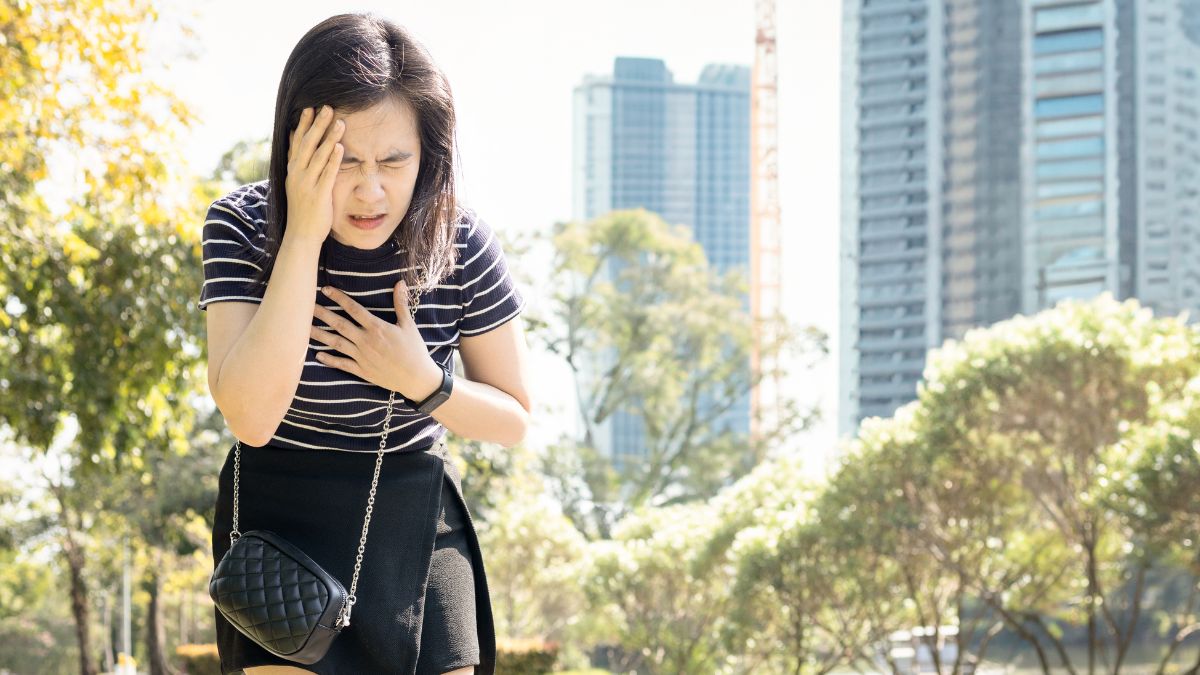- By Priyanka Munshi
- Thu, 18 Apr 2024 03:28 PM (IST)
- Source:JND
When the body is exposed to high temperatures for an extended period, especially on hot summer days, it can lead to heat stroke, a serious condition associated with heat exhaustion. Heat stroke occurs when sweating, one of the body's natural cooling mechanisms, becomes ineffective in regulating temperature. Untreated heat stroke can result in fatal consequences, organ damage, and other severe outcomes. To prevent heat stroke during periods of intense heat, it's crucial to stay hydrated, seek shade or air conditioning, and avoid strenuous activities.
Heat stroke, an illness brought on by prolonged exposure to high temperatures, often in conjunction with dehydration, disrupts the body's temperature regulation system. This elevation of core body temperature above 104 degrees Fahrenheit leads to symptoms such as nausea, convulsions, disorientation, and unconsciousness, according to WebMD.

Untreated heat stroke can lead to fatal consequences and organ damage.(Image Credit:Canva)
What Are The Signs Of Heat Stroke Include?
- Pounding headache
- Lightheadedness and dizziness
- Lack of sweating despite the heat
- Dry, red, and hot skin
- Muscle cramping or weakness
- Vomiting and nausea
- Fast heartbeat, ranging from mild to intense
- Shallow, rapid breathing
- Changes in behavior such as disorientation, confusion, or staggering
- Convulsions
- Loss of consciousness

To prevent heat stroke, stay hydrated, seek shade or air conditioning, and avoid strenuous activities.(Image Credit:Canva)
What Are THe Treatments For Heat Stroke Includes?
Taking a cold bath: Submerging oneself in cold water is the most effective method for rapidly lowering core body temperature and reducing the risk of death and organ damage.
Applying ice packs: Placing ice packs on the back, neck, groin, and armpits, or covering oneself with a cooling blanket, helps lower body temperature.
Also Read: Mango Season Is Here; 10 Minutes Easy Recipe To Make Delicious Mango Shake At Home
Using evaporative cooling methods: Medical professionals may utilize evaporation to lower body temperature by misting cool water on the body and fanning it with warm air when cold water immersion is not feasible, according to Mayo Clinic.
(Disclaimer: This article is for informational purposes only. It is not a substitute for professional advice, diagnosis or treatment.)

